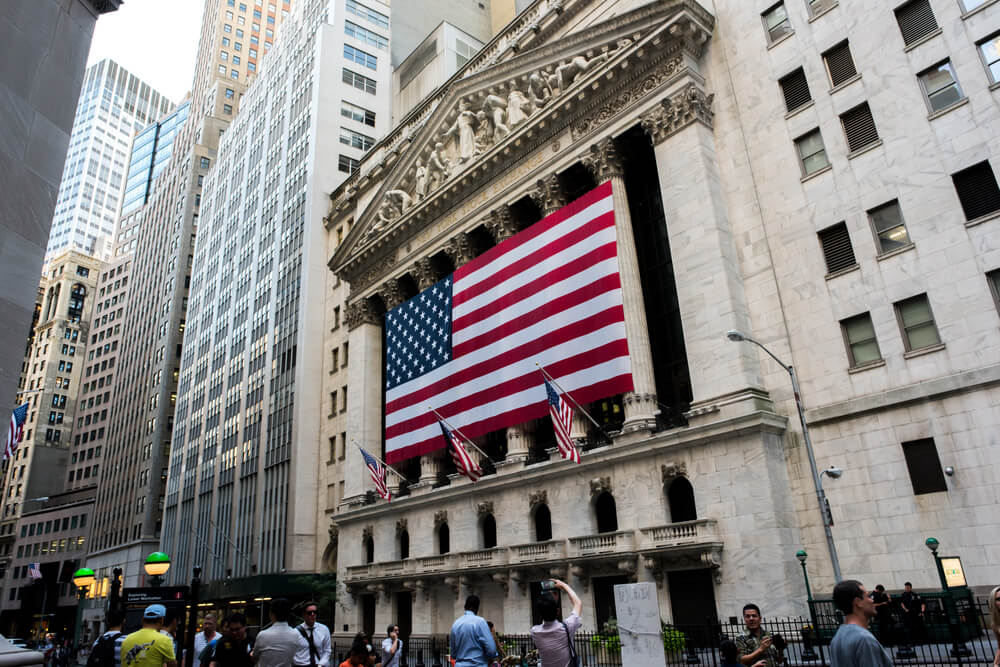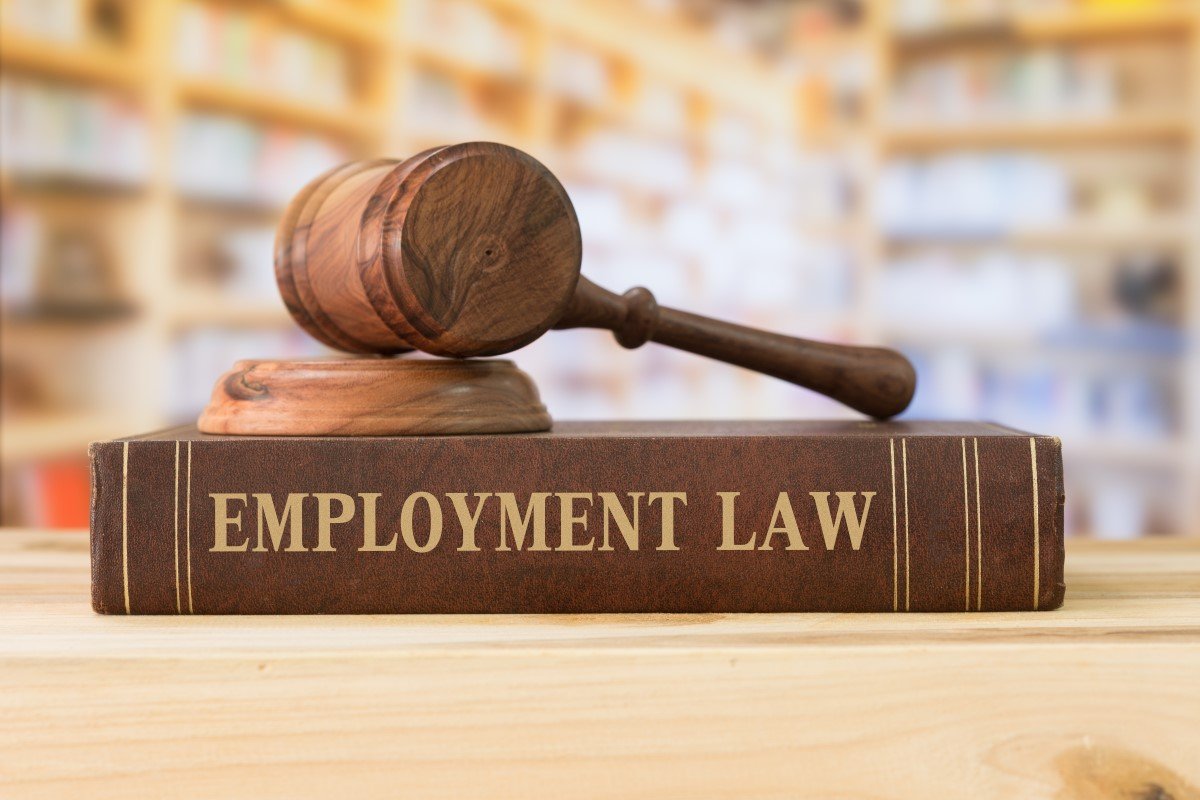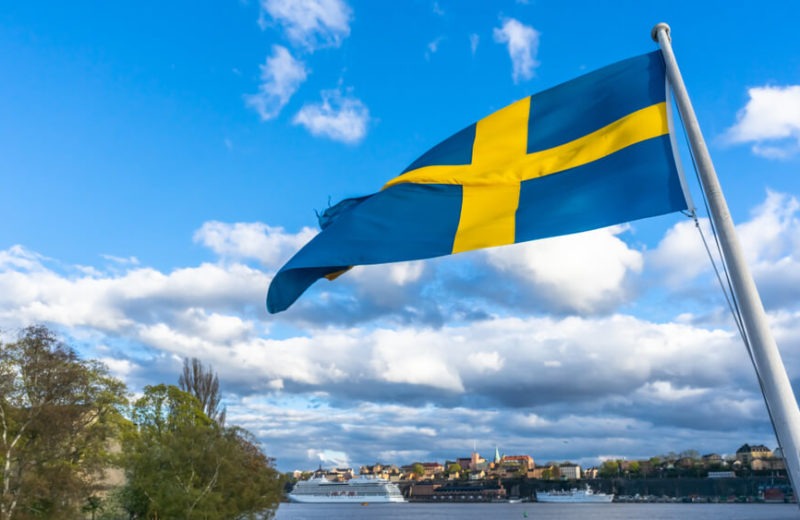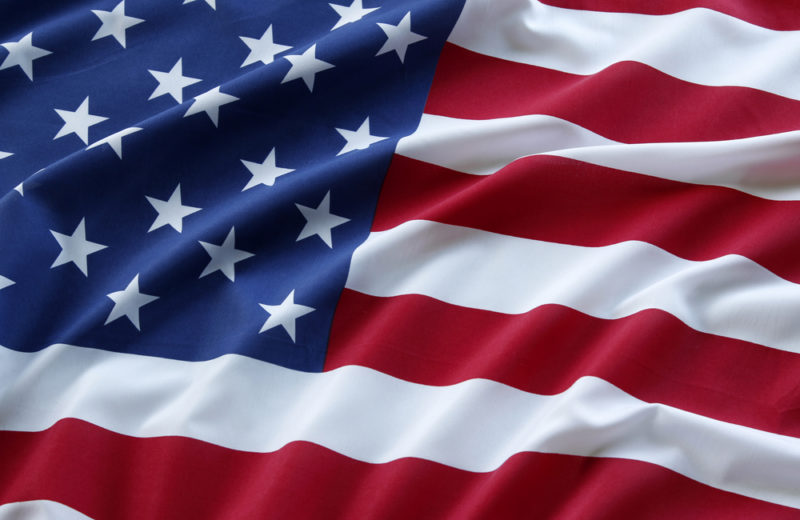America is now engaged in a dangerous experiment with vast implications. Social distancing has limited the spread of coronavirus. Nevertheless, it is far from being contained. Yet, much of the country is moving to open business as usual, despite warnings from epidemiologists.
Some may think that such a momentous move would come with elaborate justifications. Politicians pushing for an end to social distancing, from Donald Trump on down, should at least explain why we should take that risk. Nevertheless, those that call for reopening quickly have been notably silent concerning the trade-offs involved. Instead, they regularly talk about the need to save the economy.
However, that is an unbelievably lousy way line of thinking for economic policy during a pandemic.
After all, what is the purpose of the economy? If your answer is to generate incomes that let people buy things you are wrong. Money is not the goal. Nevertheless, the real answer is as a means to an end to improve the quality of life.
Money matters, of course. There is a clear relationship between satisfaction with life and income. Another significant contribution to the quality of life would be remaining alive.
Thus, the rush to reopen looks like a bad idea when we take the value of not dying into account. It is the right thing to do even in terms of economic theory.
You may say that we cannot put a price on human life. Nevertheless, if you think about it, that idea is silly. We do it all the time.
Social Distancing and Reopening
We are spending a lot on highway safety. Nevertheless, it has not been enough for eliminating every preventable fatal accident. Moreover, we are regulating businesses to avoid harmful pollution, which costs money. It is also not enough for reducing all pollution-related deaths.
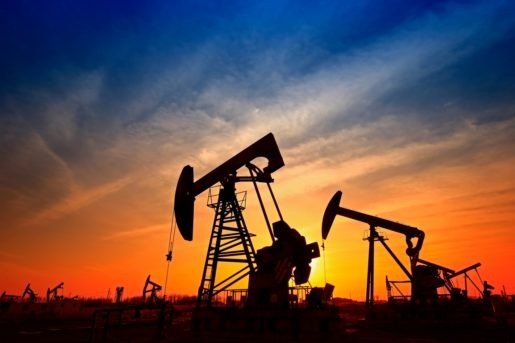
Both environmental and transportation policy have, in the past, been explicitly guided by the value of a statistical life. Current estimates for this value are around $10 million.
Indeed, Covid-19 deaths have mostly been concentrated among older Americans, specifically among those that can expect fewer remaining years of their life than average. Thus, we may want to use a lower number, for example, $5 million. Therefore, doing the math says that social distancing was well worth it, even though it reduced gross domestic product.
That is the conclusion of two studies that estimated the benefits and costs of social distancing, taking life values into account. However, we have been waiting for too long. A study from Columbia University estimated that locking down just a week earlier would have saved as many as 36,000 lives in early May. Moreover, back-of-the-envelope calculations suggested these earlier lockdowns would have resulted in at least five times the cost in terms of lost GDP.
So why we rush towards reopening?
Epidemiological forecasts are highly uncertain, to be sure. Nevertheless, that uncertainly called for more caution, not less. We lose some money if we open too late. Nonetheless, we risk an explosive second wave of infections if we open too soon. That will not only kill many Americans but also probably force a second, more costly lockdown.


